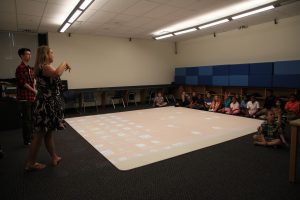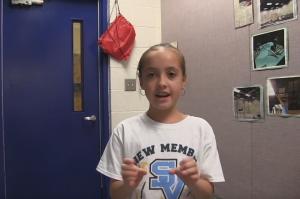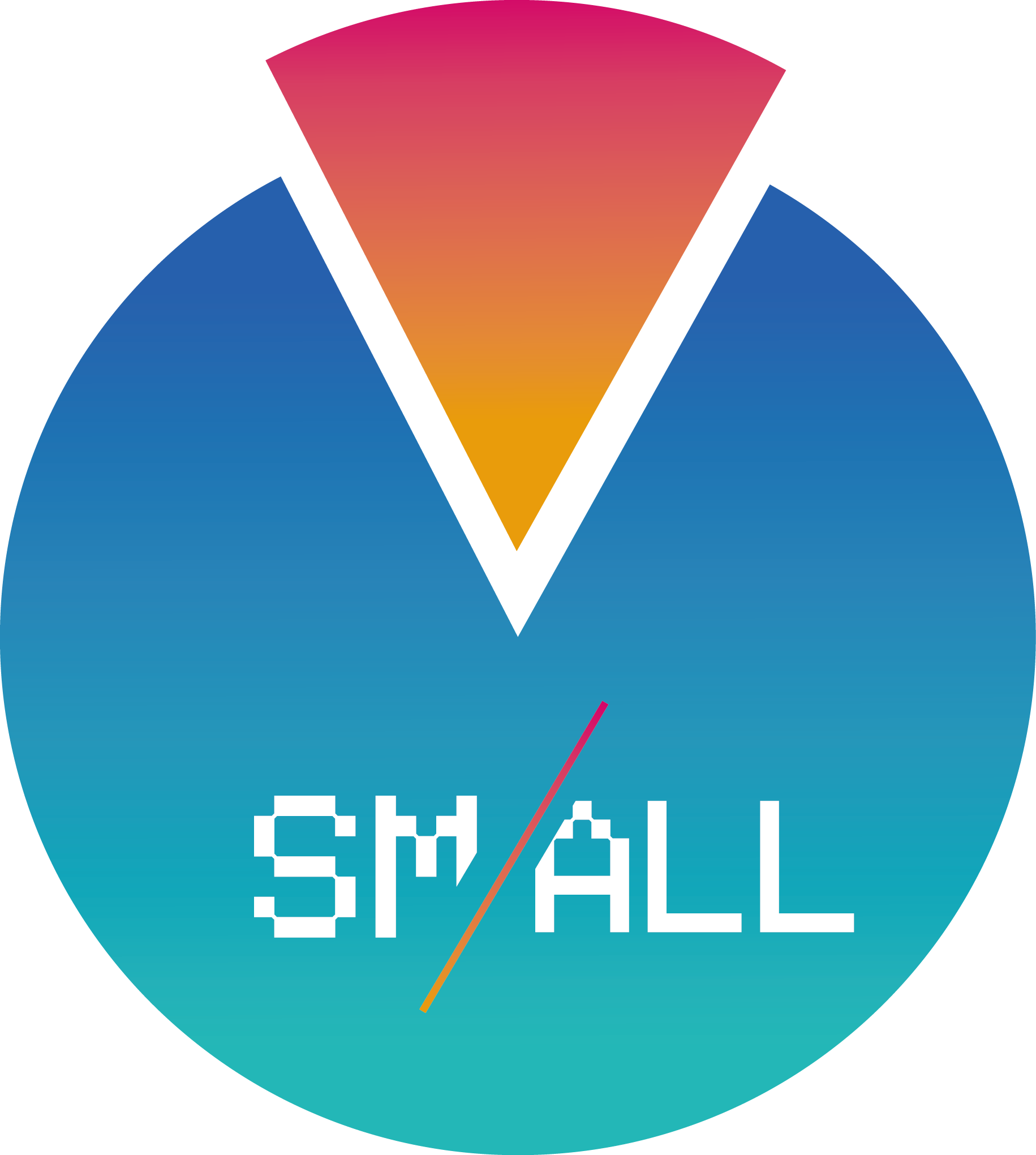The teachers’ tool is now well under way, and we have started on the implementing the progress bar and ending scene.
As usual, we also have a playtest at Twin Rivers to test new features like color changing on each side and changing the numbers of levels and rounds.



For the next step, here are some of our thoughts:
- Throughout this semester we have mostly worked with Jamie and Paul, whatever changes we implemented were purely based on the feedback we received from them. The demo we created was passed on to the school to collect more feedback. Regarding Todd, we hardly got any feedback from him, as he was always a silent observer in the meetings.
- It would have been helpful to talk about the platform during the presentation, and we shall keep that in mind for our finals.
- We have been looking into “embodied learning” for a while now, and came across its meaning on google. This was defined by Small Lab themselves. The exact definition: ”Embodied learning is an emerging field that blends the learning sciences and human-computer interaction. Cognitive scientists have discovered compelling evidence that nearly all of our experiences are in some way grounded in the body”
- This in a way has us confused because, it’s only defined by small-Lab and no other educational institute. When we checked with Todd regarding the “Feed Game” that requires the kids to walk along the number line (to ‘walk’ the value), ideally this should suit the requirement of making the learning physical in order to improve its effectiveness.
- When we discussed with the teachers, they did not care about ‘Embodied Learning’ and mentioned it’s not a priority. Instead they want the game to be interesting, simple and fun.
- The clients mentioned one of their previous project (BrainSTEM) developed a game where the students used a wand around a circle to perform fractions. This game was confusing and they did not like using it in any teaching form.
- This has put us in a difficult situation, as the faculty want us to use the above mentioned as an example for inspiration. Contrary to this the clients want us to take a different approach to this project.
- As you know, small Labs have two games.
- Leaving Fraction – ETC Project: A game with wand and a circle
- The teachers find this too confusing and avoid using it
- SMALLab project – This is too easy, as they have the same denominators
- We have a feeling that due to communication gap, this information might have been miscommunicated. And modifying this project is not something the clients want, instead they want another fraction game that is new and different than the ones before.
- We agree we needed more visuals on the mechanics slide, and we shall make that change for the finals.
- Theming wise we have reached out to our clients regarding the questions raised. We should have a response from them soon. We have play-tested the demo at one school and the principal there shared this with other schools and got advice and feedback on our demo. As for the theming, we showed background images and characters to get feedback. This was shared to different schools, they thought it was good and they liked it.
- Cutting game is too slow, where in each step requires the kids need to walk around and perform multiple actions to get something done. This takes a long time, and it’s not ideal in a class of 20 or more students. That’s why we switched to a multiple choice game over a cutting game.
- The teachers have the freedom to create the levels they want. They can freely tweak the difficulty levels to make the experience hard or easy as and when needed. Upon discussing this with teachers, and understanding the types of mechanics they preferred, we found that choice games were their favorite.
- Regarding the educational soundness of our level progression, and addressing skillset of 3rd to 5th graders, we used the teaching materials as reference before we designed our games.
- Audience engagement: The common method for all the SMALLab games, the students work in groups competing against other student groups. The audience are ever excited and support their teams by prompting – yelling trying to help their teammates.
- We are unable to support 3 group settings, as that makes the experience too crowded. We would like to focus on 2 groups for now. And the client supports our decision.
- Configuration File: We will provide a configuration file creator to the teachers. They will be able to make changes with simple clicks and checks in the UI. We will provide them with examples, and they can reuse old configuration file examples that they create anytime.
- Is it possible for you as our advisers to help us clarify our end goal with the client? In our previous meeting, they mentioned they would like us to make a new game, not polish the existing one. We would greatly appreciate if our advisers could intervene and help us manage both the client and faculty requirements.
- We agree, we need to put more information in the playtest section, we will work on it for the finals.

WordPress Development Services
WordPress Development Company